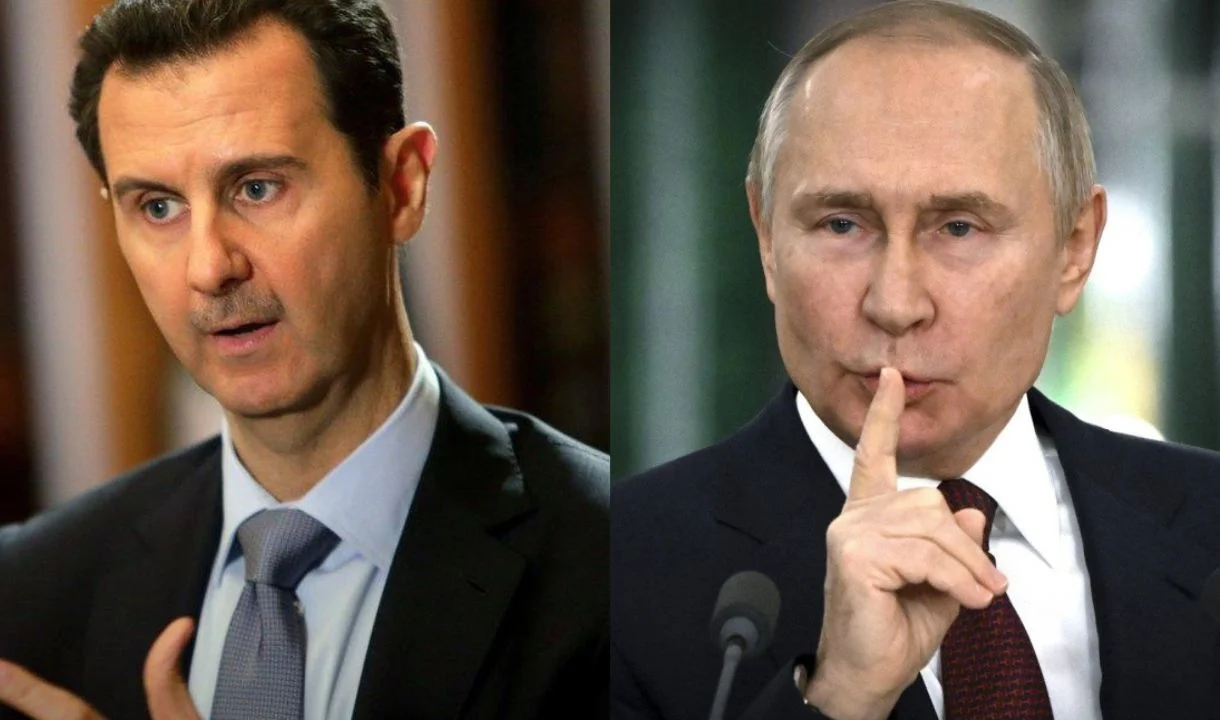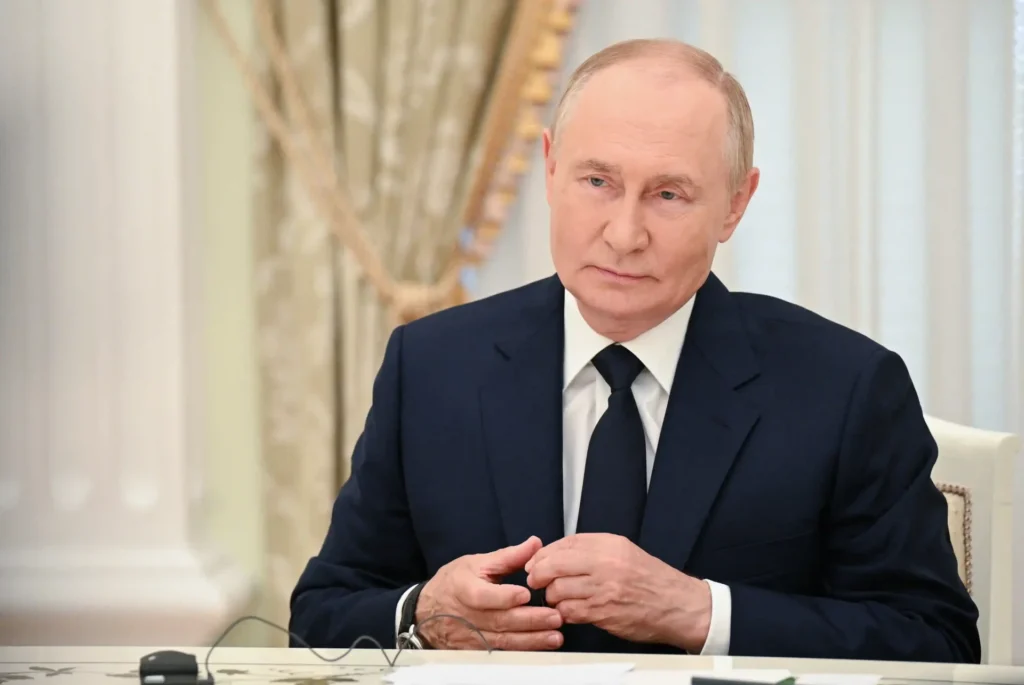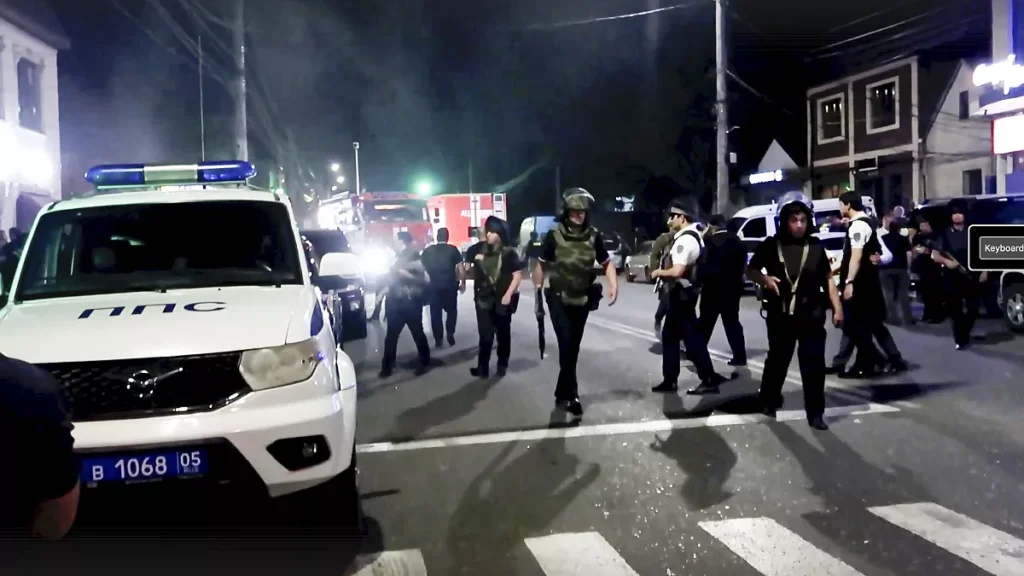Bashar al-Assad Escapes to Russia With His Family After the Fall of Damascus

Introduction
The fall of Damascus is a major turning point in the 13 years of Syria’s civil war, proving worthy of its historical significance. Abu Mohammed al-Julani’s Hayat Tahrir al-Sham (HTS) has all but erased the regime of Bashar al-Assad by taking control of the capital. This act very weightily tilts the balance of power and could have consequences beyond the Middle East.
| Key Player | Role in Conflict | Impact |
|---|---|---|
| Bashar al-Assad | President of Syria, leading regime forces | Maintains control with the help of Russia and Iran but faces international criticism |
| Hayat Tahrir al-Sham | Opposition faction, evolved from al-Qaeda affiliate | Controls parts of Idlib, causing divisions within the opposition |
| Russia | Assad’s main ally, providing military and strategic support | Ensures Assad’s survival while expanding influence in the Middle East |
| Iran | Ally of Assad, supporting with financial and military aid | Strengthens the Shia Crescent and regional geopolitical strategy |
| Western Nations | Initially supported opposition groups but shifted focus to counterterrorism | Reduced focus on Assad’s removal, weakening opposition morale |
Historical Context of Syria’s Civil War
Syria is indeed living through tumultuous history within the rule of Bashar al-Assad. The history has its source with the accession of power during early 2000s after the death of his father, Hafez al-Assad. In the beginning, Bashar al-Assad tried to portray himself as a reformist and promised liberalisation, however, behind this surfaced a regime very much entrenched in authoritarianism. The pattern of events during the Arab spring in 2011 mobilised protests through Syria, demanding reform politically and stopping all forms of corruption. The harsh crackdown of Assad prompted the unrest to occur in a full-swing civil war.
The contention that raged at the scene was marked by the fall of Damascus, through the necessarily ideological divisions and uproars that occurred. The city might be under the command of Assad, yet Damascus represents the battle for the entire country over the center, politically and culturally, of the nation.
| Year | Event | Significance |
|---|---|---|
| 2000 | Bashar al-Assad assumes power | Promises of reform were later overshadowed by authoritarian rule |
| 2011 | Start of Syrian protests during the Arab Spring | Sparked civil war after violent crackdowns |
| 2015 | Russian military intervention | Shifted the tide of war in Assad’s favor |
| 2024 | Fall of Damascus and Assad’s asylum in Russia | Marked a critical turning point in the civil war |
Hayat Tahrir al-Sham – A Controversial Player
Hayat Tahrir al-sham emerged as one of the most powerful factions of the opposition. From the al-Nusra Front, which was nothing more than a name for an al-Qaeda affiliate, HTS appeared as a more nationalistic movement yet, for some reason, drew the ire of other rebels, often forcing moderate voices from the opposition. The observation runs consistent with how HTS has been linked with other rebel groups in Idlib province. Its dominance over the province did not sit well with el-Hal, with effects of creating divisions between it and other rebel groups that monitor the internal affairs of Syrian armed opposition, failing to mention how much moderation is silenced within the opposition.
The Role of Bashar al-Assad
Actually, the situation such as that, which can be proven on the crags of any mountain from Syria, carries the burden of power on people’s shoulders and survives with the unwillingness of people to take any action against. The survival is based on allies like Iran, Hezbollah, and, most importantly, Russia, with whom Assad weathered the storm of what seemed to be a shaky power hold. The military intervention by Russia came in 2015 and marked the beginning.
The Fall of Damascus and Its Implications
Stripped of all meanings and reasons, it is the Fall of Damascus that signifies the cut-off of the earlier movement of the opposition as well as the international support for removing Assad from power. As the opposition failed to bring its forces together under some banner, he was able to reinstall his power.
Yet Damascus embodies in itself the crux of the issues plaguing Syria further than military gains. For his part, even if militarily acclaimed, Syria faces an economy free-falling rapidly, poverty-stricken citizens, and a traumatised populace by warfare that raises questions on the regime’s future operations.
| Challenge | Details |
|---|---|
| Economic Collapse | Currency devaluation, high inflation, and lack of foreign investment |
| Sectarian Divisions | Deepening rifts between ethnic and religious groups |
| Refugee Repatriation | Lack of safe conditions for returning millions of displaced Syrians |
| Infrastructure Damage | Massive destruction requiring billions of dollars for rebuilding |
| International Disinterest | Reduced global focus on Syria amid competing geopolitical priorities |
The Geopolitical Dimensions
The conflict in Syria has developed beyond the borders of a single country, entangling a multitude of regional and global powers.
Russia’s Calculated Support
The most important reason for the unflinching support for Bashar al-Assad by Russia in its international agendas is that Russia wants to be a major player in the Middle East. This has enabled it to create a comfortable strategic environment in the Mediterranean through the establishment of military bases in Syria.
| Support Type | Details |
|---|---|
| Military Assistance | Airstrikes, troop deployments, and advanced weaponry provided to Syrian forces |
| Financial Aid | Billions of dollars in economic assistance to sustain Assad’s government |
| Strategic Alliances | Use of Syrian airbases and ports to secure Russia’s military presence in the Mediterranean |
| Diplomatic Backing | Vetoes in UN Security Council to block resolutions against Assad |
Iran and Sectarian Politics
This is purely sectarian interests shared by Iran and Damascus on one hand and Iran’s geo-strategic interests as a Shia power on the other. For Tehran, Syria serves as a major link in the Shia Crescent as it connects Iran directly with Hezbollah in Lebanon.
Western Ambivalence
In the beginning much noise was made by the West concerning the ousting of Assad, but now the scenario has changed, with the focus being towards combating ISIS and Hayat Tahrir al-Sham. Under the new conditions, this situation ended up strengthening Assad since whatever measures or actions that the West is now taking toward Syria is mostly counterterrorism rather than political change.
| Aspect | Statistics/Details |
|---|---|
| Displaced Population | Over 13.5 million |
| Refugees in Neighboring Countries | Turkey: 3.6 million, Lebanon: 1.5 million, Jordan: 670,000 |
| Destruction of Infrastructure | Over 70% of housing and public buildings destroyed in cities like Aleppo and Damascus |
| Economic Cost | Estimated $1.2 trillion in losses |
| Healthcare Crisis | More than 50% of hospitals non-functional, with limited access to medical supplies |
The Humanitarian Crisis
The damage done to Syria by civil war has affected millions of persons, making it one of the worst humanitarian situations in the 21st century. Refugees who escaped this violence typically mention the cruelty of the regime run by Bashar al-Assad and the fear of being under the control of groups such as Hayat Tahrir al-Sham. This further indicates that the price of war is seen through provinces like Idlib, where the power of HTS is evident.
| Category | Figures (Approx.) |
|---|---|
| Total Displaced Persons | 13.5 million |
| Refugees in Neighboring Countries | 5.6 million |
| Internally Displaced Persons | 6.6 million |
Prospects for peace
The Syrian crisis does not have any clear end point. The continued dominance of Hayat Tahrir al-Sham in opposition-held areas, as much as the grip of Bashar al-Assad on the regime, creates a stalemate. While dying as a temporary ceasefire, international efforts have yet to bear fruit in terms of a sustainable solution.
Revival of Syria would occur only if all inherent anomalies, power-sharing agreements, and punishments for war crimes would be taken into account. The Fall of Damascus may be considered a shadow-over-symbol; it signifies a larger defeat in domestic or international connection regarding their prioritisation of peace over power.
Conclusion
The Syrian Civil War reminds us of the paradoxes of contemporary conflicts. Involving Hayat Tahrir al-Sham, Bashar al-Assad, the war demonstrates the conquest of ideology, power, and human suffering. The people of Syria must be at the center of any solution if they are to advance, with goodwill of augmented international commitment to for peace.
FAQs
1. Why did Bashar al-Assad take asylum in Russia?
Bashar al-Assad sought asylum in Russia with his family after losing control of Damascus. The fall of the capital marked a significant blow to his regime, which had relied heavily on military support from Russia. By seeking refuge, Assad aimed to ensure his safety while maintaining ties with his strongest ally, which has supported him throughout the conflict.
2. What role does Hayat Tahrir al-Sham play in Syria’s conflict?
Hayat Tahrir al-Sham (HTS) is a key opposition faction in Syria, primarily operating in Idlib province. Originally an offshoot of al-Qaeda, HTS has distanced itself from its extremist roots, presenting itself as a more nationalistic group. However, its dominance in opposition-held areas has caused divisions among rebel factions and limited the potential for unified resistance against Assad’s regime.
3. What led to the fall of Damascus?
The fall of Damascus was the culmination of years of civil unrest, weakened military defenses, and growing discontent among citizens. Assad’s forces struggled to maintain control amid increasing opposition from groups like HTS. The city, a symbol of Syrian power and culture, ultimately fell due to internal divisions and the inability to sustain the regime’s influence.
4. How has Russia supported Bashar al-Assad?
Russia has been a critical ally to Assad, providing extensive military, financial, and diplomatic support. Its intervention in 2015 helped Assad’s forces reclaim key territories. Beyond military backing, Russia’s strategic interest in Syria includes maintaining its Mediterranean naval bases and positioning itself as a dominant player in Middle Eastern geopolitics.
5. What is the humanitarian impact of the Syrian civil war?
The war has displaced millions, created one of the worst refugee crises in modern history, and devastated Syria’s economy and infrastructure.
LATEST NEWS
DISCOVER MORE





